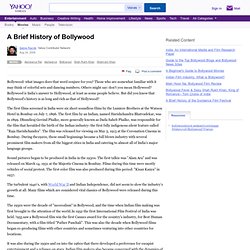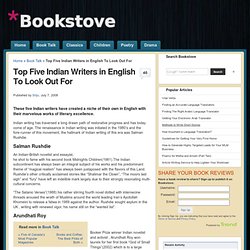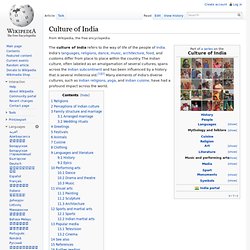

BRIDE AND PREJUDICE FULL MOVIE. Bollywood cinema: 10 lesser-known facts. 2 May 2013Last updated at 23:57 GMT Indian cinema began 100 years ago with the first "Bollywood" film, although the term was only coined many years later.

The vibrant song-and-dance routines have millions of fans but here are some lesser-known facts that may have escaped their knowledge. Dhundiraj Govind Phalke's black-and-white silent film Raja Harischandra was screened in Mumbai on 3 May, 1913. It is a tale of a righteous Indian king who never told a lie. Many say this was the filmic seed that spawned a billion-dollar industry. One of the most famous scenes is the bathtub sequence where the king comes to call on his wife Taramati. She is in the tub with attendants and they are all drenched, their saris and blouses clinging to their bodies - but they are all in fact male actors dressed as women. Phalke went on to make 95 full-length films, but he died in penury. Kollywood, l'autre cinéma indien. Connaissez-vous Bollywood ? Bollywood. Bollywood. A Brief History of Bollywood - Associated Content - associatedcontent.com. Bollywood: what images does that word conjure for you?

Those who are somewhat familiar with it may think of colorful sets and dancing numbers. Others might say: don't you mean Hollywood? Bollywood is India's answer to Hollywood, at least as some people believe. But did you know that Bollywood's history is as long and rich as that of Hollywood? The first films screened in India were six short soundless films by the Lumiere Brothers at the Watson Hotel in Bombay on July 7, 1896.
Sound pictures began to be produced in India in the 1930s. The turbulent 1940's, with World War II and Indian Independence, did not seem to slow the industry's growth at all. The 1950s were the decade of "neorealism" in Bollywood, and the time when Indian film making was first brought to the attention of the world.In 1952 the first International Film Festival of India was held. ! It was also during the 1950s and on into the 1960s that there developed a preference for escapist entertainment and a reliance on stars. Bollywood. Top Five Indian Writers in English To Look Out For. Indian writing has traversed a long drawn path of restorative progress and has today come of age.

The renaissance in Indian writing was initiated in the 1980’s and the fore-runner of this movement, the hallmark of Indian writing of this era was Salman Rushdie. Salman Rushdie An Indian-British novelist and essayist, he shot to fame with his second book Midnights Children(1981).The Indian subcontinent has always been an integral subject of his works and his predominant theme of “magical realism” has always been juxtaposed with the flavors of this Land.
Rushdie’s other critically acclaimed stories like “Shalimar the Clown”, “The moors last sigh” and “fury” have left an indelible mark largely due to their strongly resonating multi-cultural concerns. “The Satanic Verses”(1988) his rather stirring fourth novel dotted with internecine threads aroused the wrath of Muslims around the world leading Iran’s Ayotollah Khomeini to release a fatwa in 1989 against the author. Arundhati Roy Vikram Seth: Culture of India. The culture of India refers to the way of life of the people of India.

India's languages, religions, dance, music, architecture, food, and customs differ from place to place within the country. The Indian culture, often labeled as an amalgamation of several cultures, spans across the Indian subcontinent and has been influenced by a history that is several millennia old.[1][2] Many elements of India's diverse cultures, such as Indian religions, yoga, and Indian cuisine, have had a profound impact across the world. Religions[edit] India is the birthplace of Hinduism, Buddhism, Jainism and Sikhism, collectively known as Indian religions.[4] Indian religions, also known as Dharmic religions are a major form of world religions along with Abrahamic ones.
Today, Hinduism and Buddhism are the world's third and fourth-largest religions respectively, with over 2 billion followers altogether,[5][6][7] and possibly as many as 2.5 or 2.6 billion followers.[5][8]